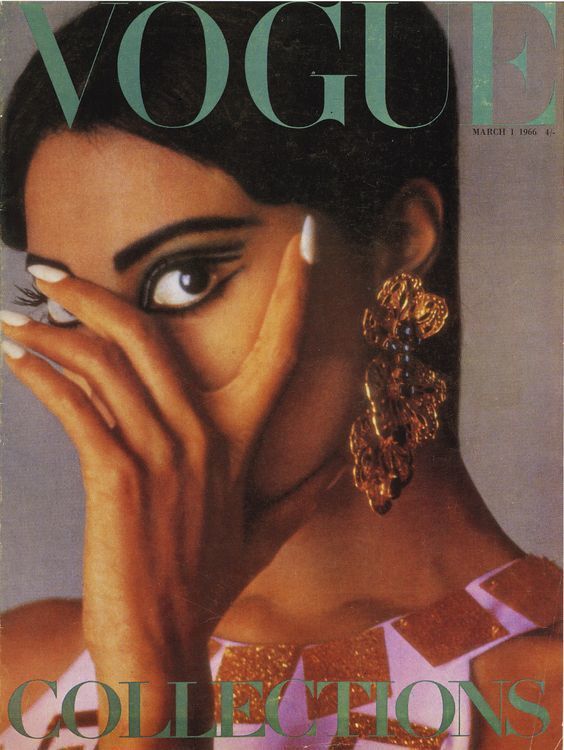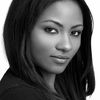
By now, most have heard about the controversial and racially derogatory H&M ad featuring a young Black boy wearing a hoodie which references him being the “coolest monkey in the jungle.” The brand has since issued an apology. I could devote pages as to why the ad was perceived as racist and offensive to some given a specific historical context, but this particular racial myopia is only one element of the fashion industry that is problematic (I spoke about another regarding accessibility for legally blind photographers in a prior article). So, while this issue, and its implications, are important, it is not one I will focus on in this article. It merely represents a piece of a larger puzzle (rather, minefield) that Black folks and other people of colour must navigate on a daily basis, whether as creators, photographers, or models (of all ages), where we remain largely absent or underrepresented, particularly as decision-makers.
Today, I learned that the first Black supermodel to grace the cover of Vogue was not in fact Beverly Johnson, but Donyale Luna, who appeared on the British version of the magazine nearly ten years’ prior. Tragically, this profoundly stunning woman’s career was cut short, not unlike other well known models of the time such as Gia Carangi (the latter of whom had a movie devoted to her story starring Angelina Jolie), by the ravages of drug addiction. There are two issues that struck me when I learned of this. First, Vogue, established in 1896, had its first Black woman appear on its cover almost 80 years since after its inception. Secondly, it was jarring that I, as a Black woman myself, didn’t know this icon’s name until now (and disappointed, but not surprised, that her compelling and fascinating story has never been publicised in the same way as Gia’s). While Ms. Luna’s contributions may not be as monumental as those of Katherine Johnson, Dorothy Vaughan, or Mary Jackson — the remarkable women who inspired Hidden Figures — she is nonetheless just as much of an unsung hero, particularly to those of us trying to pave our way into an industry where we have been historically denied access, and when granted entry, often have to compete for crumbs, as Naomi Campbell described in an interview about her early modelling days:
‘I understood what it meant to be black. You had to put in the extra effort. You had to be twice as good.’
I think of all who have missed out on so many opportunities because they did not fit a narrow definition of what was beautiful, “in vogue” or acceptable, and while egregious, I also think of Donyale Luna, and all like her who didn’t listen to those who said “you will never be....” in one variation or the other (in the case of Ms. Luna, that she would never be on the cover of Vogue), and am emboldened by their spirits. And now, while I prepare for what may be the biggest photoshoot of my career for an unnamed but extremely well-known magazine who also took decades to feature their first person of colour, I am inspired by these powerful hidden figures who have, and never will, be given the same shine as their non-Black counterparts, but who defiantly rejected the voices who told them it couldn’t be done, at least not by them.
To be clear, this is not a piece in favour of exceptionalism―racial, gender, class and other barriers (in all sectors) are real, and it is not a matter of just “pulling yourself up by your bootstraps” and having a positive attitude, but rather a reminder (and an admonition) that if you tacitly accept that the “old guard” is here to stay, then things will never change. As for me, I will continue to do what I can to push the boundaries and to use my voice to call for change, because it’s time for those who’ve controlled and dictated this industry for so long to step aside so that someone like Donyale Luna isn’t merely a footnote in fashion history, and to ensure that someone like the iconic Gordon Parks, who, after initially being rejected, but later becoming Life’s first African-American staff photographer, won’t have to work twice as hard, or be “twice as good” just to have their mould-breaking work recognised.
I do not know what my future holds in this industry that has historically never shown someone like me love nor an equal seat at the table, but I do know that I will never again accept the phrase “that’s just the way things are” in fashion (or any sector, for that matter) and will tirelessly use my voice, my work, and platform to make sure I can one day say, “no, that’s the way things were.”
